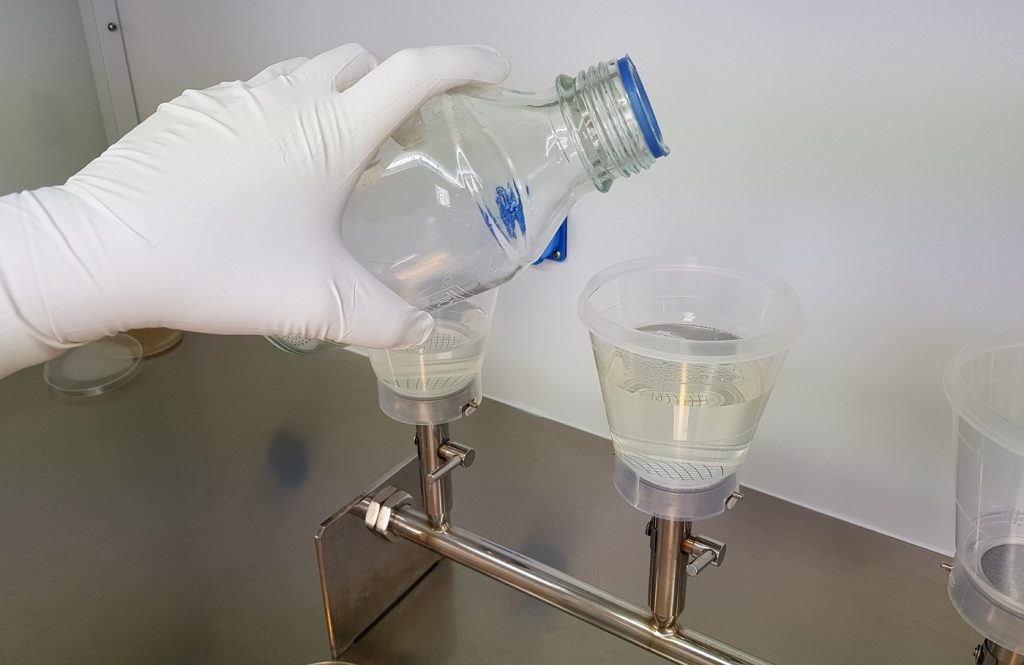Bioburden testing
FIND A TEST
Bioburden testing according ISO 11737-1
Bioburden is a common name for the number of colony forming units on a medical device.For medical devices the bioburden is commonly determined after production and in the final packaging, but before sterilization.
The level of bioburden is an important parameter for the sterilisation process of the devices.
Bioburden is an overall name for the total contaminaton of the product with (an)aerobic bacteria, yeasts and moulds.
Bioburden and microbiological validation
When a product is validated according to ISO 11137-2 method 1, there is a direct relation between the level of bioburden and the required minimum dose of gamma radiation in order to claim a Sterility Assurance Level of 10E-6.
Using ISO 11137 method VDmax25, the bioburden limit shall not exceed 1000 cfu/unit. Next to VDmax25 (which substantiates 25 kGy as a routine sterilisation dose) also other doses can be validated. Depending on the product bioburden this range can be from 15 kGy to 35 kGy.
Bioburden and monitoring
After a succesful validation it is required to monitor the bioburden after production of the next batches. Part 1 of ISO 11137 gives information concerning “Maintaining process effectiveness”. We can inform you about the most effective way of monitoring the bioburden on your product.


Frequently asked questions
5 (sterile) samples
A bioburden test takes 5 days from the start of the test. After this, the report can be made.
A water sample must be cooled and delivered within 24 hours after sampling. (This must take into account the weekends and days off)
